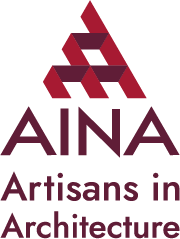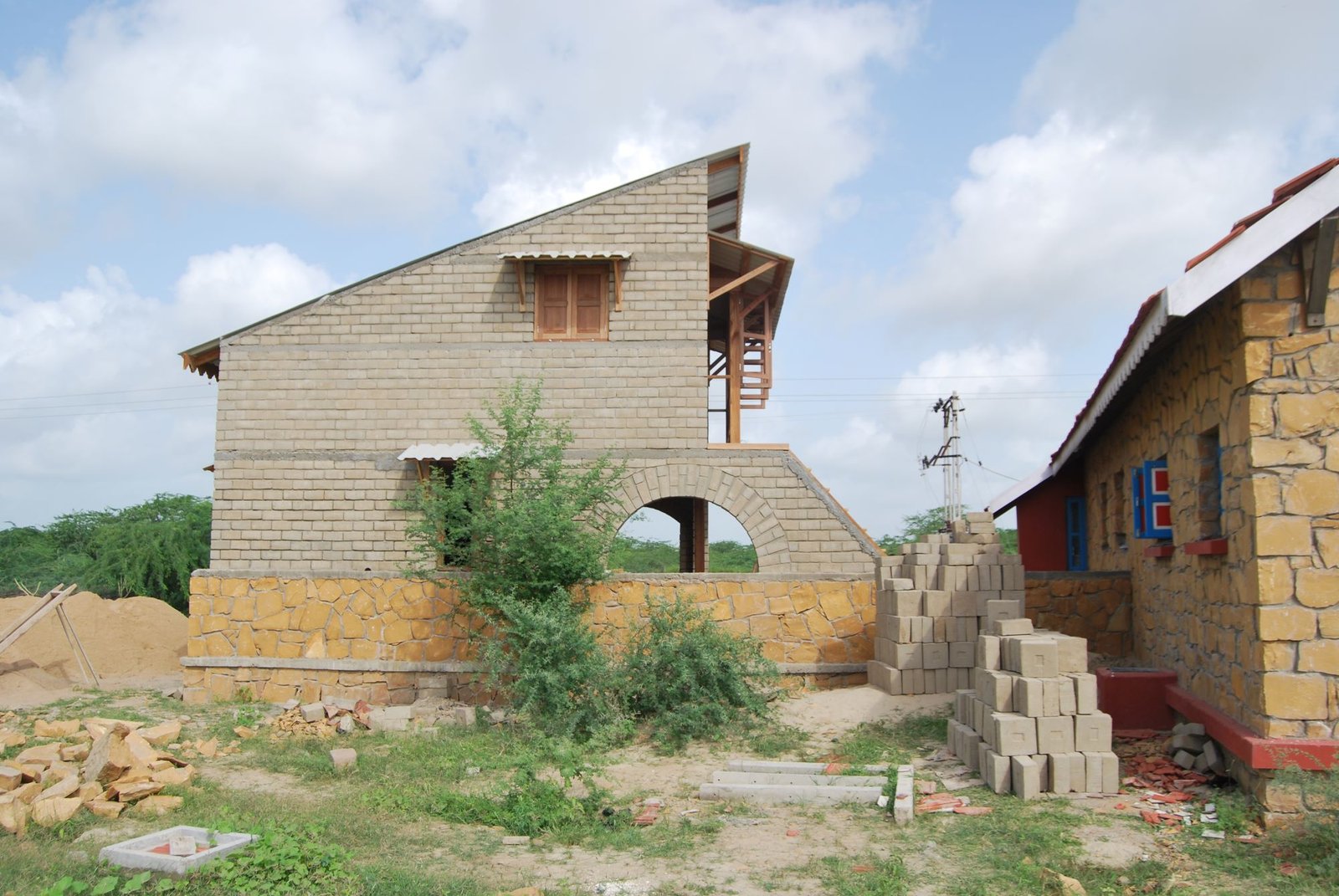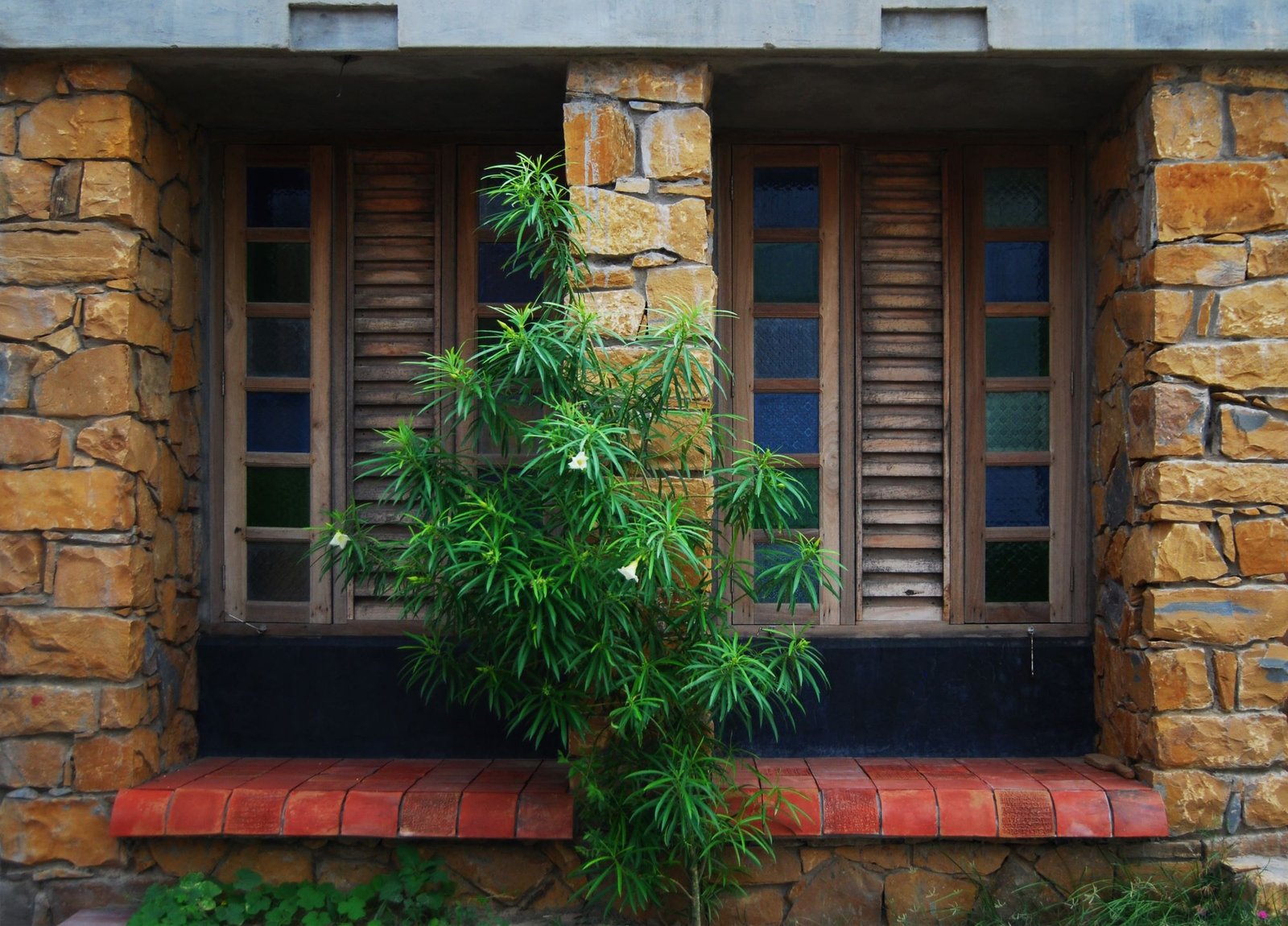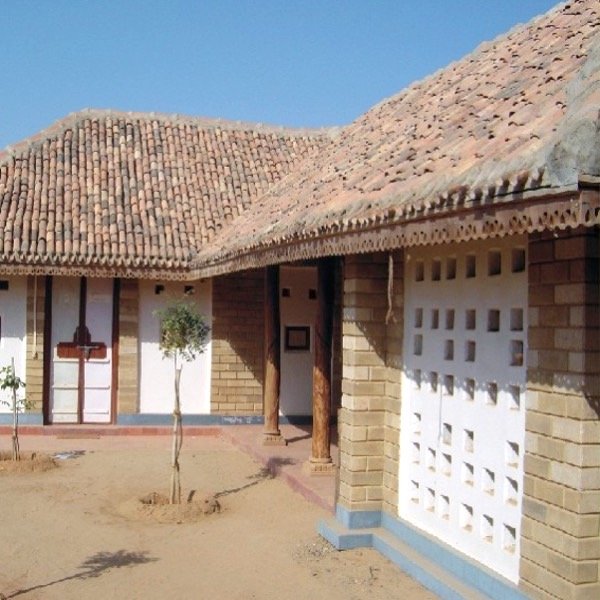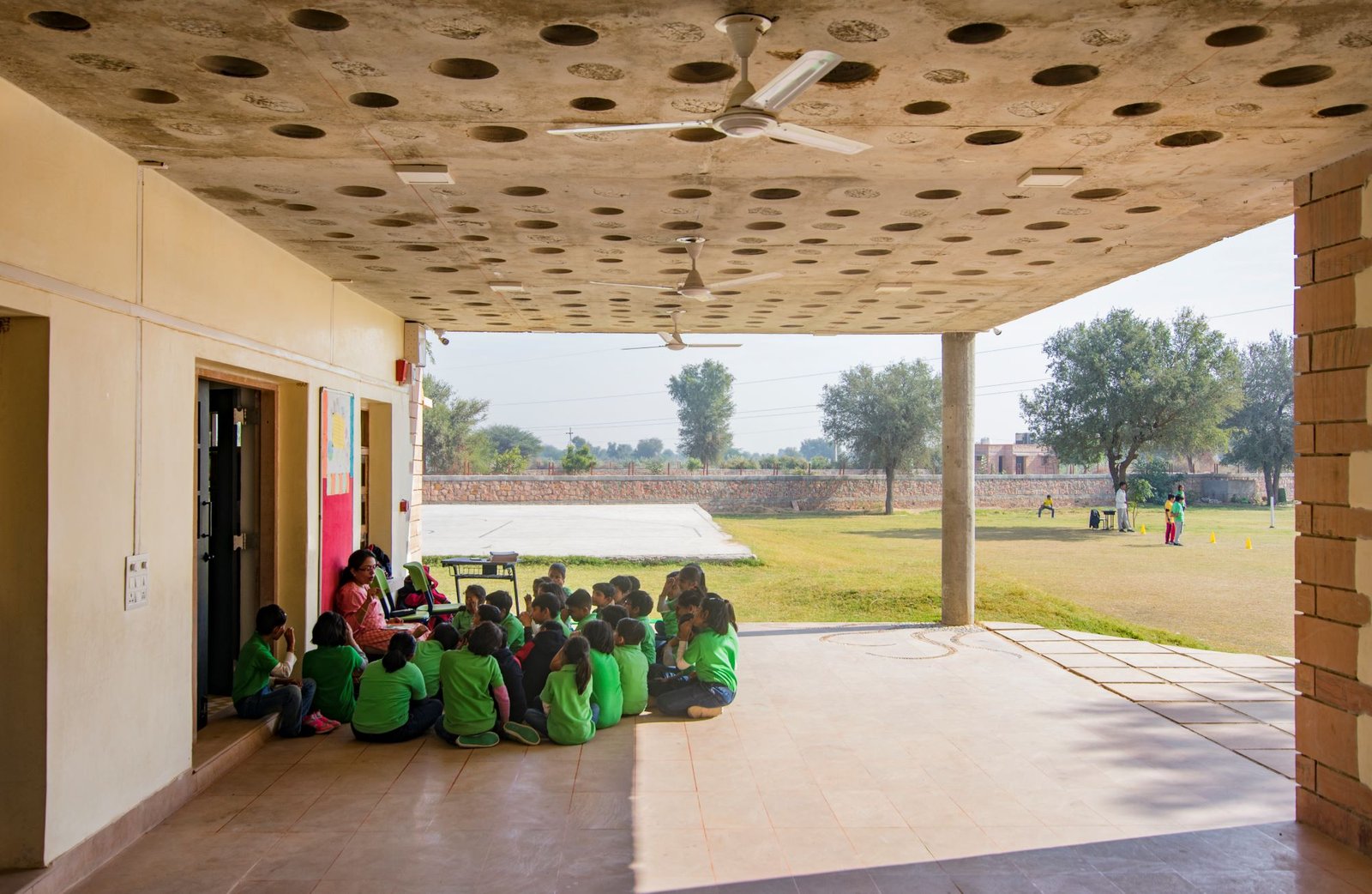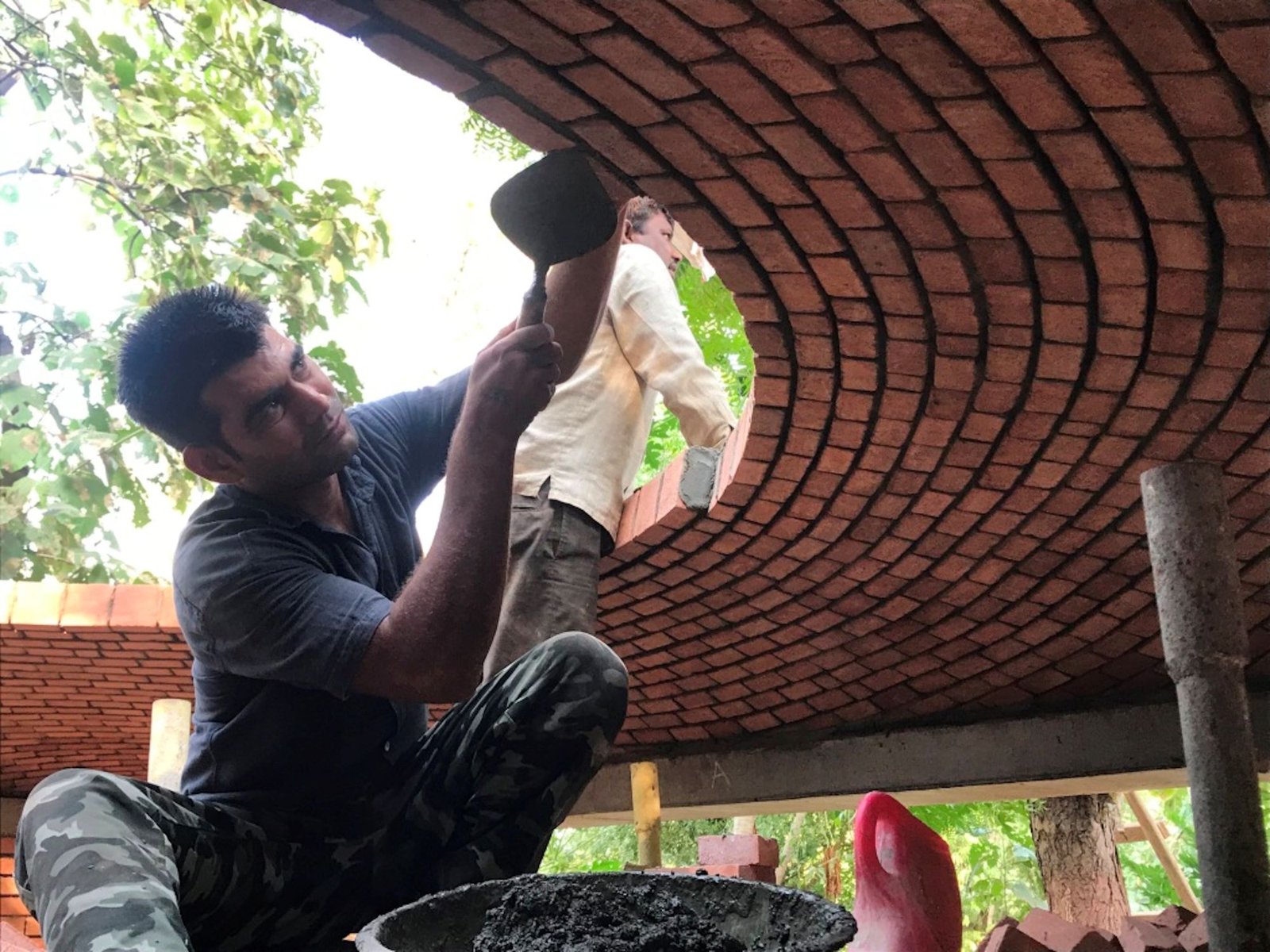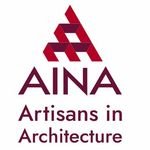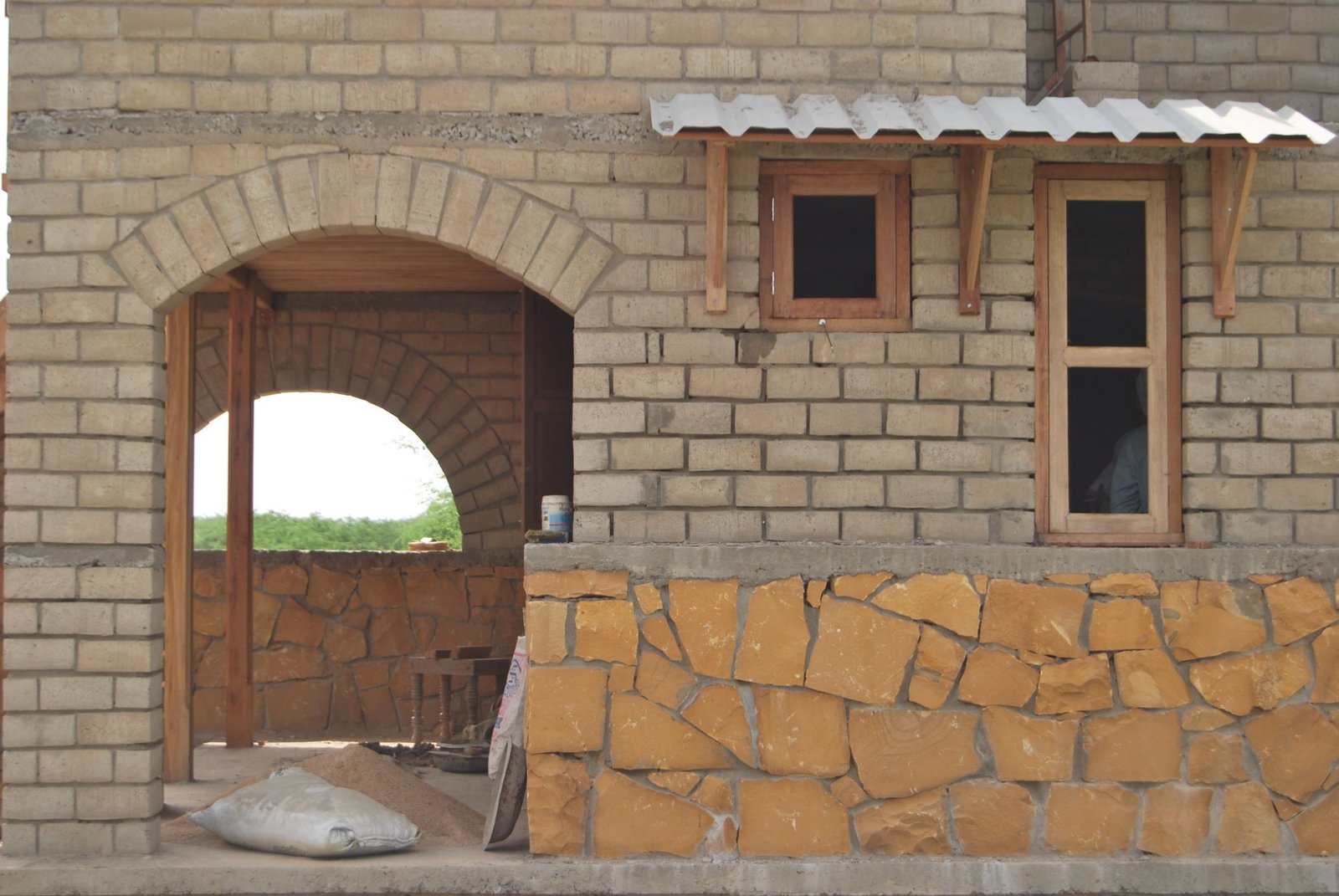
Services
Aina provides an extensive array of services catering to diverse construction needs. Our expertise spans across multiple areas, including walling, roofing, and flooring solutions. With a focus on both functionality and aesthetics, we deliver robust and visually appealing walls, resilient and weatherproof roofing, as well as high-quality and versatile flooring options. Our skilled team of professionals is committed to delivering exceptional craftsmanship and utilising innovative techniques to ensure client satisfaction. When you choose Aina, you can expect meticulous attention to detail and a seamless construction experience from start to finish.
FINISHING
©AINA, Bhuj Gujarat
Website Design: ArchiSHOTS
